halloween horror
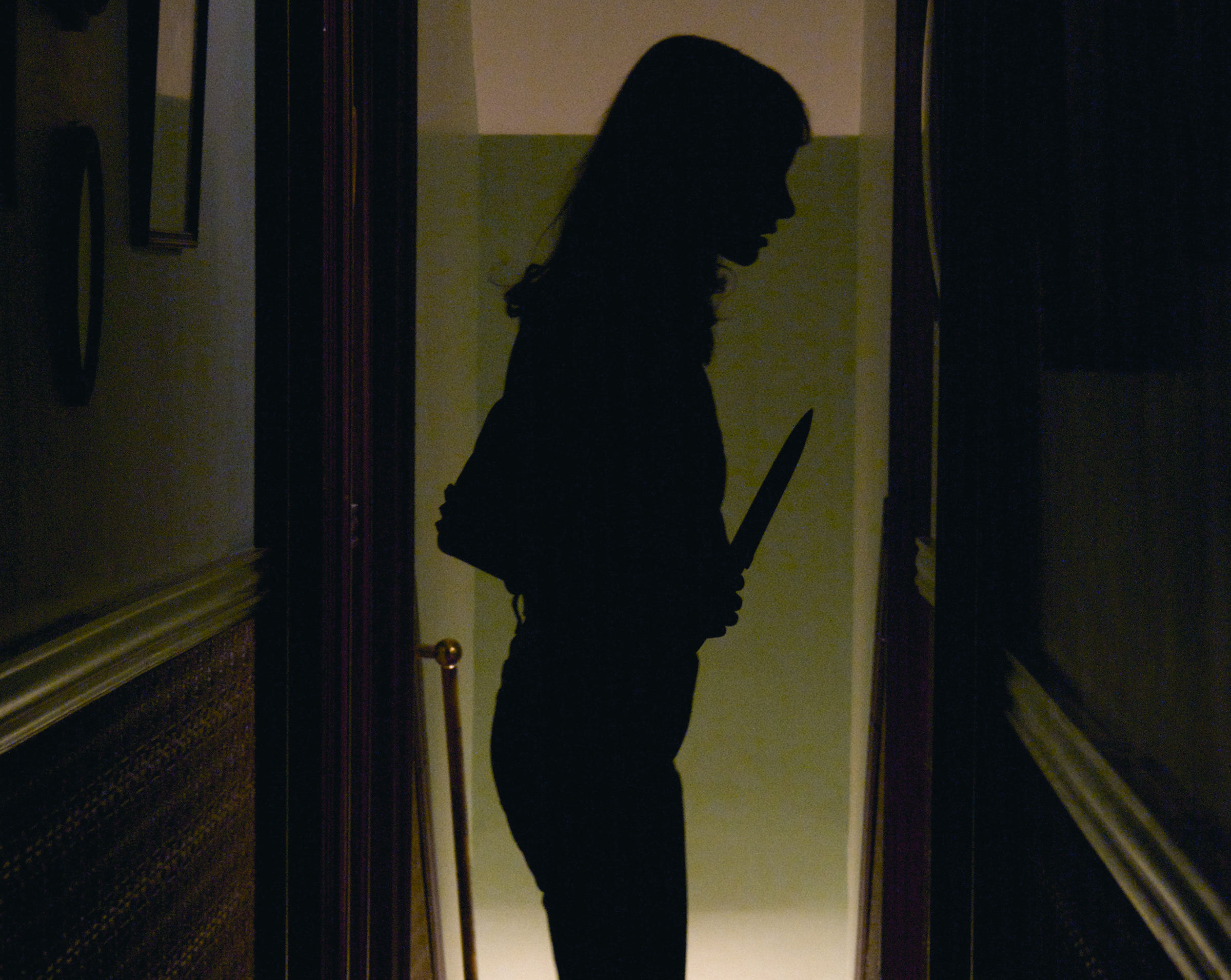
Looking for a horror film to keep you up at night? Seeking out a classic ghost story from the past or curious about how to approach the current glut of found-footage horror? Want to know what to avoid on Netflix? We’ve got you covered.
Every October, we review various horror movies from the past and present in an effort to get into the Gothic spirit of the season. This is also an effort to catch up on key films in a genre that’s often overlooked in critical discourse. Let us be your guides to Halloween Horror.
William Castle’s carnivalesque fright house movie is a very fun time.
Frank Darabont’s Stephen King horror adaptation plays like a dry run for The Walking Dead.
This sequel to the surprise Netflix horror hit, The Platform, loses the elegance of its predecessor.
Shyamalan’s 2004 film has its merits, but revisiting it reveals the muddled philosophy that drives it and robs it of many key thrills.
Michael Curtiz’s Doctor X demonstrates the perverse strangeness of pre-Code horror.
The Brothers discuss Erle C. Kenton’s pre-Code horror adaptation of H. G. Wells’ The Island of Doctor Moreau.
Anders ranks the films of the Final Destination series, one of the first horror franchises of the twenty-first century.
Tod Browning’s Freaks is an icon of pre-Code horror and a great drama about the lives of circus performers.
Eddie Murphy’s The Haunted Mansion is an effective spooky movie for children and families.
The Witches remains a notable blend of horror and adventure for kids, and the most surprising movie of Nicolas Roeg’s career.
Even more than Poe’s story, Corman’s version highlights familiar features of the Gothic.
David Bruckner’s Hellraiser reboot is a flattened riff on the tale for a flattened cinematic culture.
A ranking of each film in the iconic horror series, Halloween, which digs into the series’ strengths and weaknesses. Updated to include Halloween Kills and Halloween Ends.
Examining the 11 films in the Hellraiser franchise and exploring their shared thematic interests and narrative failings. Updated to include the 2022 reboot.
Anders looks at the five films in the Exorcist franchise and looks at how each one expands on the original.
In Nosferatu, the corrupting power of the vampire is linked to that most symbolically potent infectious disease, the Black Death.
Roger Corman’s The Masque of the Red Death is more effective as a late-night Gothic thriller than as an adaptation of Edgar Allan Poe’s famous short story.
The Brothers discuss, among other things, the merits of “elevated horror,” schlock, gore, silly ideas, and the nature of the horror genre.
Shinya Tsukamoto’s Tetsuo: The Iron Man is a hallucinogenic fever dream made by a mad man.
Last Night in Soho has an incredible premise and many excellent features, which makes it especially disappointing when the film goes off the rails.
Ti West’s Pearl is a terrific showcase for Mia Goth, as well as clever franchise extension to X from earlier this year.
Zach Cregger’s trendy new horror movie plays with our expectations of horror in funny, weird, truly bizarre ways.
Ranking the iconic Universal horror classics, including Frankenstein, Dracula, and The Wolf Man.
The Most Dangerous Game is a layered, atmospheric pre-Code Hollywood horror-adventure.
Kiyoshi Kurosawa’s horror drama is a quiet film with a haunting effect that’s as disturbing as anything you’ll find in horror cinema.
Stuart Gordon’s cult classic Lovecraft adaptation starring Jeffrey Combs is a dark comedy of memorable grotesquery.
Depending on your affection for and familiarity with exorcism films, Christopher Alender’s The Old Ways may seem admirably novel or hopelessly rote.
Leo Gabriadze’s found-footage horror movie about cyberbullying reinvents the slasher for the digital age.
Digging deep into the thematic implications and cultural discourse around Ari Aster’s two works of elevated horror, Hereditary and Midsommar.
Dark Water is a creepy and water-logged entry in the J-horror genre, but its human drama is what makes it particularly memorable and disturbing.
Justin Benson and Aaron Scott Moorhead’s slow-burn horror film plays like a low-budget, earnest counterpoint to The Cabin in the Woods.
Wes Craven’s controversial classic horror film uses unrefined formal techniques and realistic content to unsettle viewers and examine the horrors of bloodlust.
Featuring horror legend Christopher Lee and plenty of Gothic atmosphere, this tale of witchcraft in a New England town is a spooky though backward-looking treat.
Dario Argento’s spiritual sequel to Suspiria is just as spectacularly moody as its predecessor, even if the narrative is slapdash.
The Fog is a compelling mood piece, with atmospheric scares and great low-budget special effects.
Mario Bava’s official debut combines arthouse style and B-movie horror conventions to strong effect.
Wes Craven’s The Hills Have Eyes has a grimy atmosphere, nasty deaths, and a simmering subtext of class rage
Christine finds John Carpenter working at the height of his formal powers, transforming a ridiculous concept into a thrilling film.
Exploring all nine films in the Nightmare on Elm Street franchise and what makes this often scary, usually campy, and frequently bizarre horror series worth watching.
Dario Argento’s horror-thriller Deep Red is a bridge between modern slasher cinema and the nightmares of folklore.
A worthwhile debut from the filmmaker behind Blue Ruin and Green Room.
Paul W.S. Anderson’s first film in the Resident Evil series remains another shoddy video game adaptation.
As many films try to do but fail, it shows the man in the monster.
This third Halloween film is worth a look for its horror thrills and critique of holiday consumerism.
This defence of found-footage horror argues that the frequently-criticized subgenre is both formally daring and psychologically revealing.
A thematically satisfying new chapter of Ridley Scott’s Alien series.
This introductory guide to found footage tells you which films to watch and how to approach the subgenre.
A discussion of how Ridley Scott's 1979 film uses science fiction to merge two kinds of horror to unsettle and disturb.
An examination of the Paranormal Activity series and the strengths of every individual film.
For its look and feel, Sleepy Hollow is one of Burton's best.
The original slasher film, but its impact has dulled over the years.
Examining the enduring appeal of two classic 60s horror films.
This supposedly clever film is no deeper than a Scooby-Doo! episode.
The setting–trapped underground–compounds the film's many terrors.
This flawed but charming film testifies to the appeal of Lovecraft.
The holy grail of found footage. A terrifying experience.


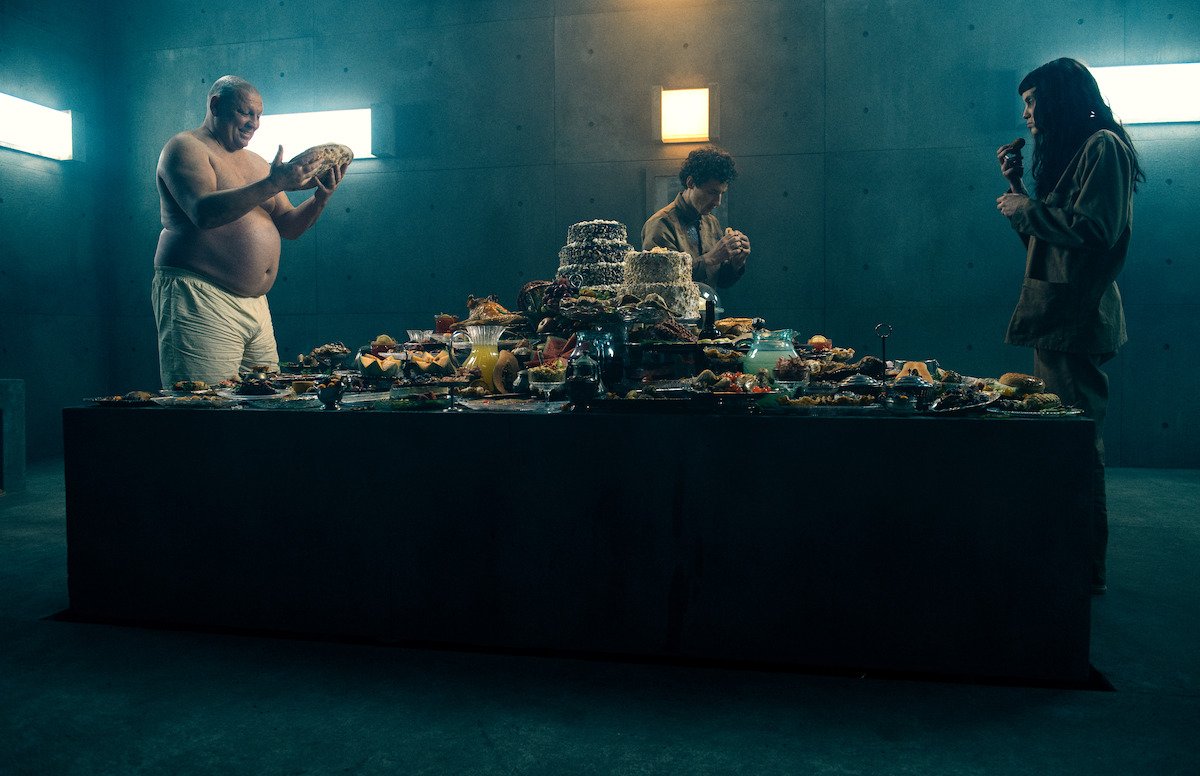


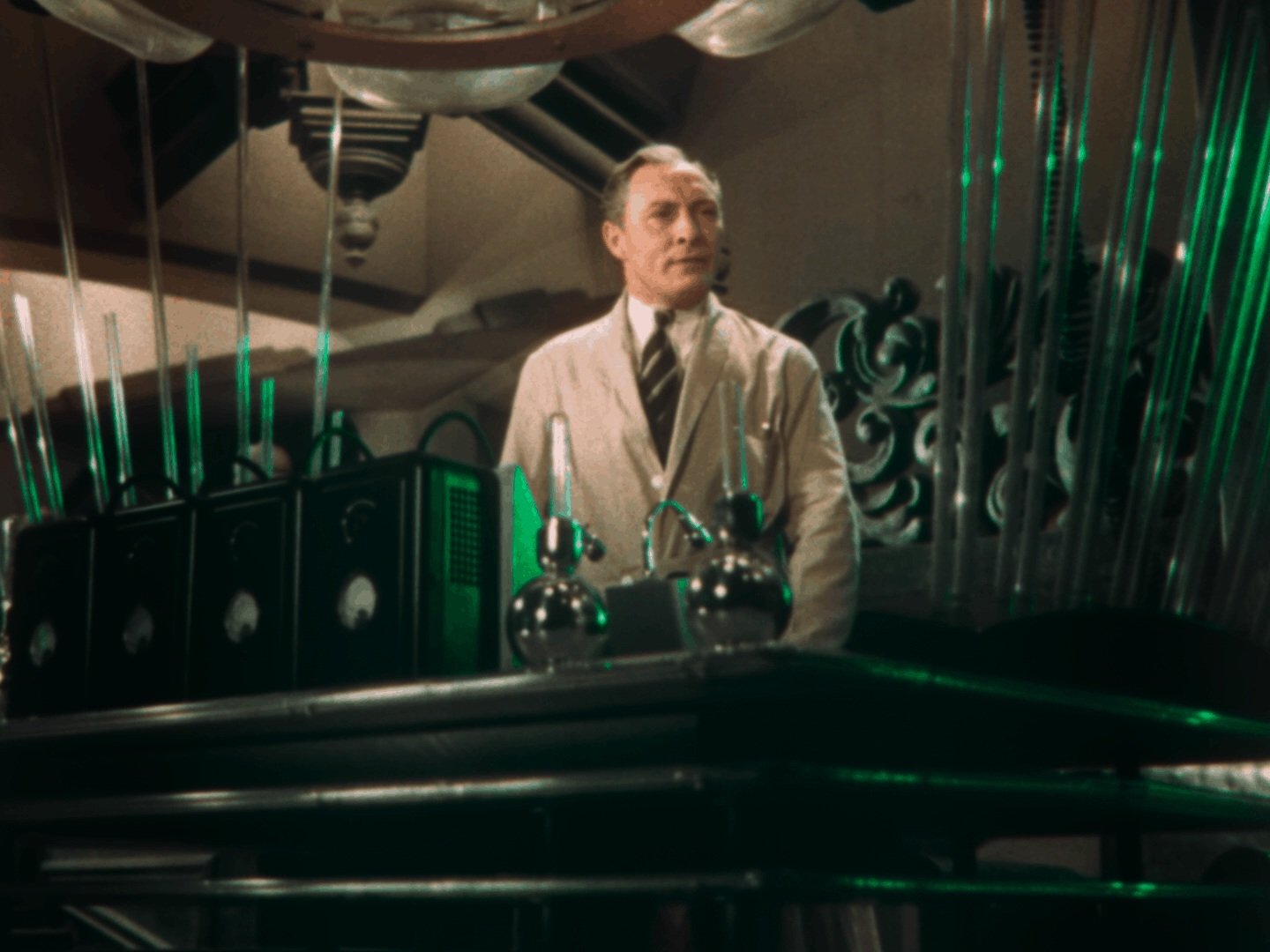
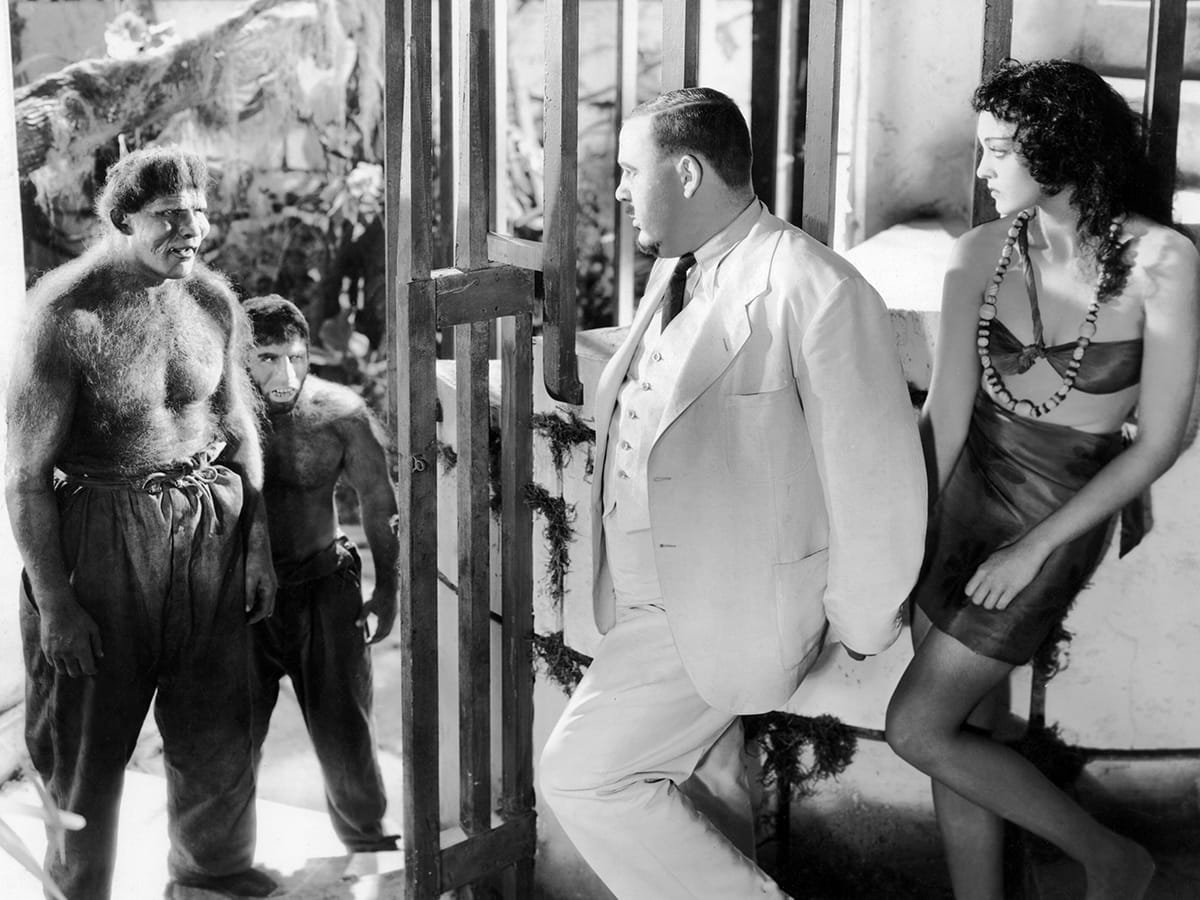
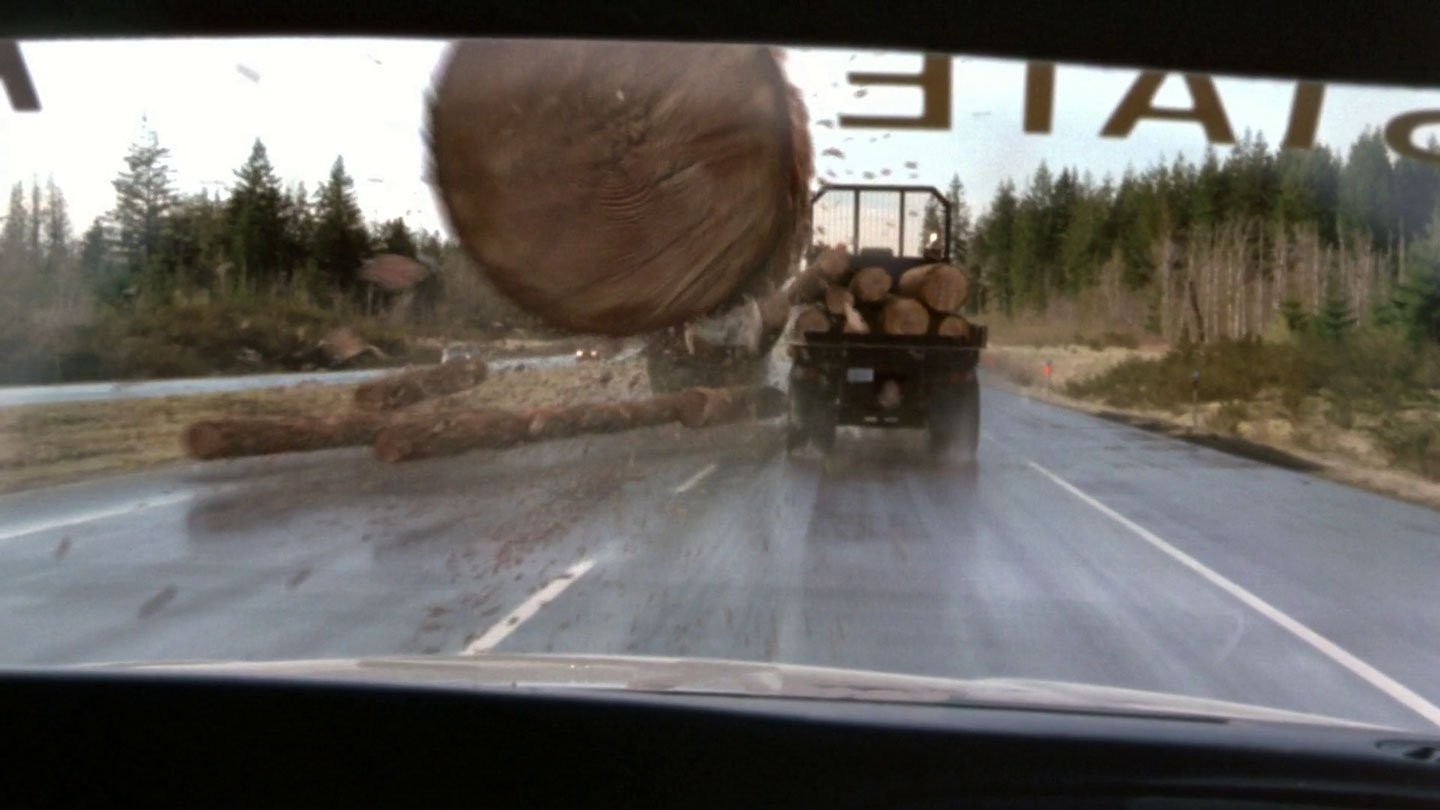
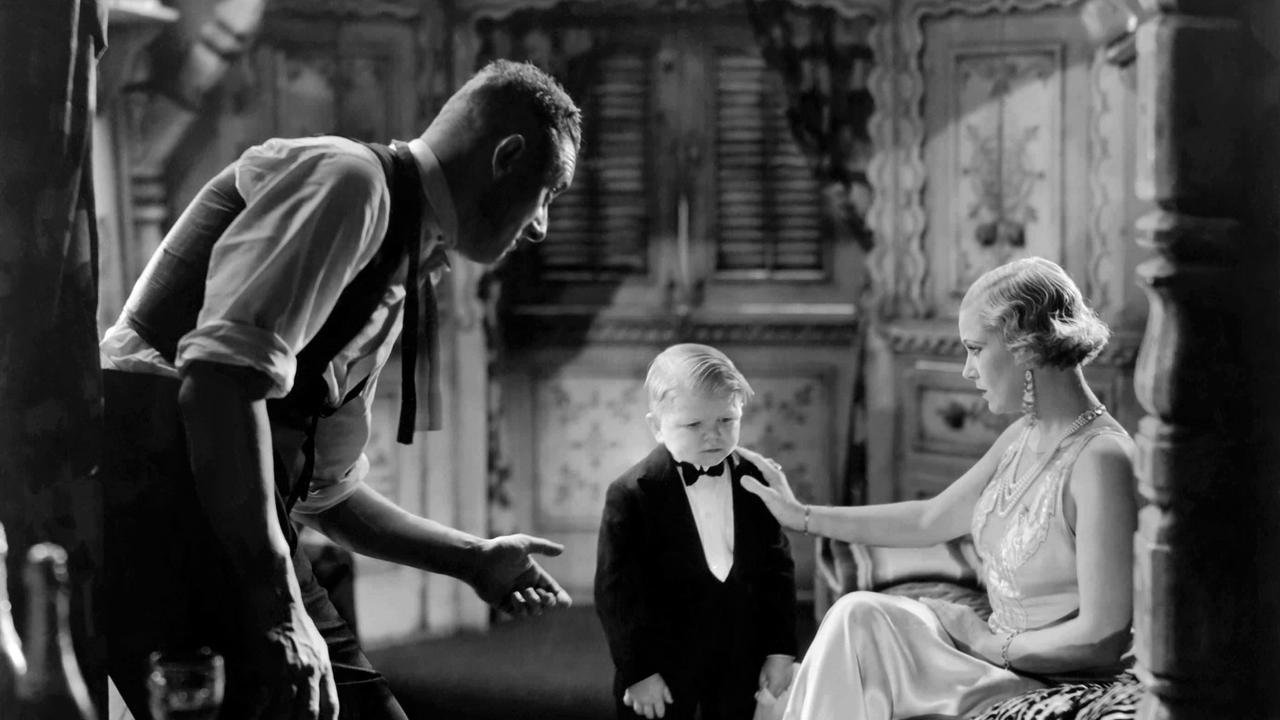
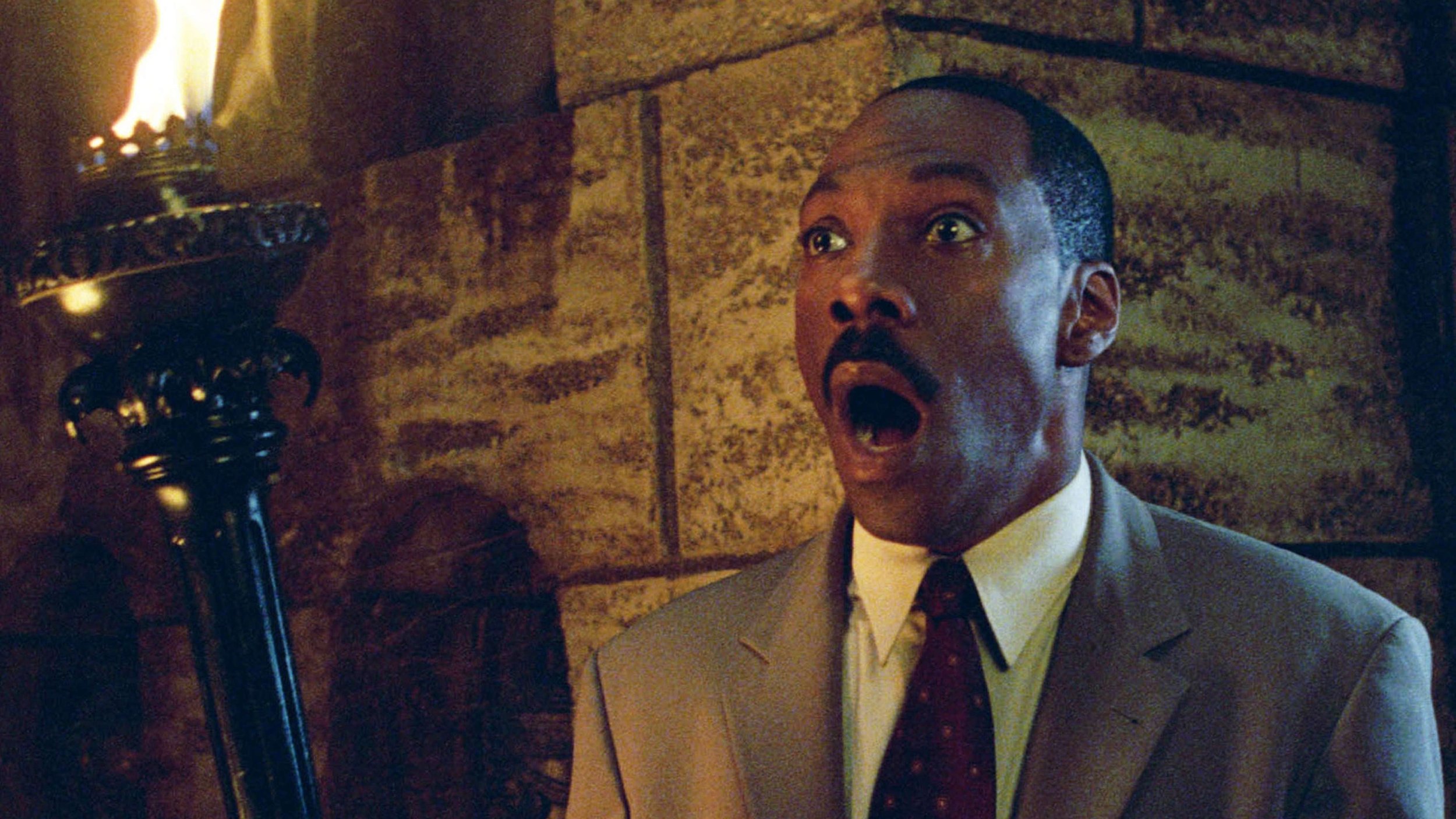


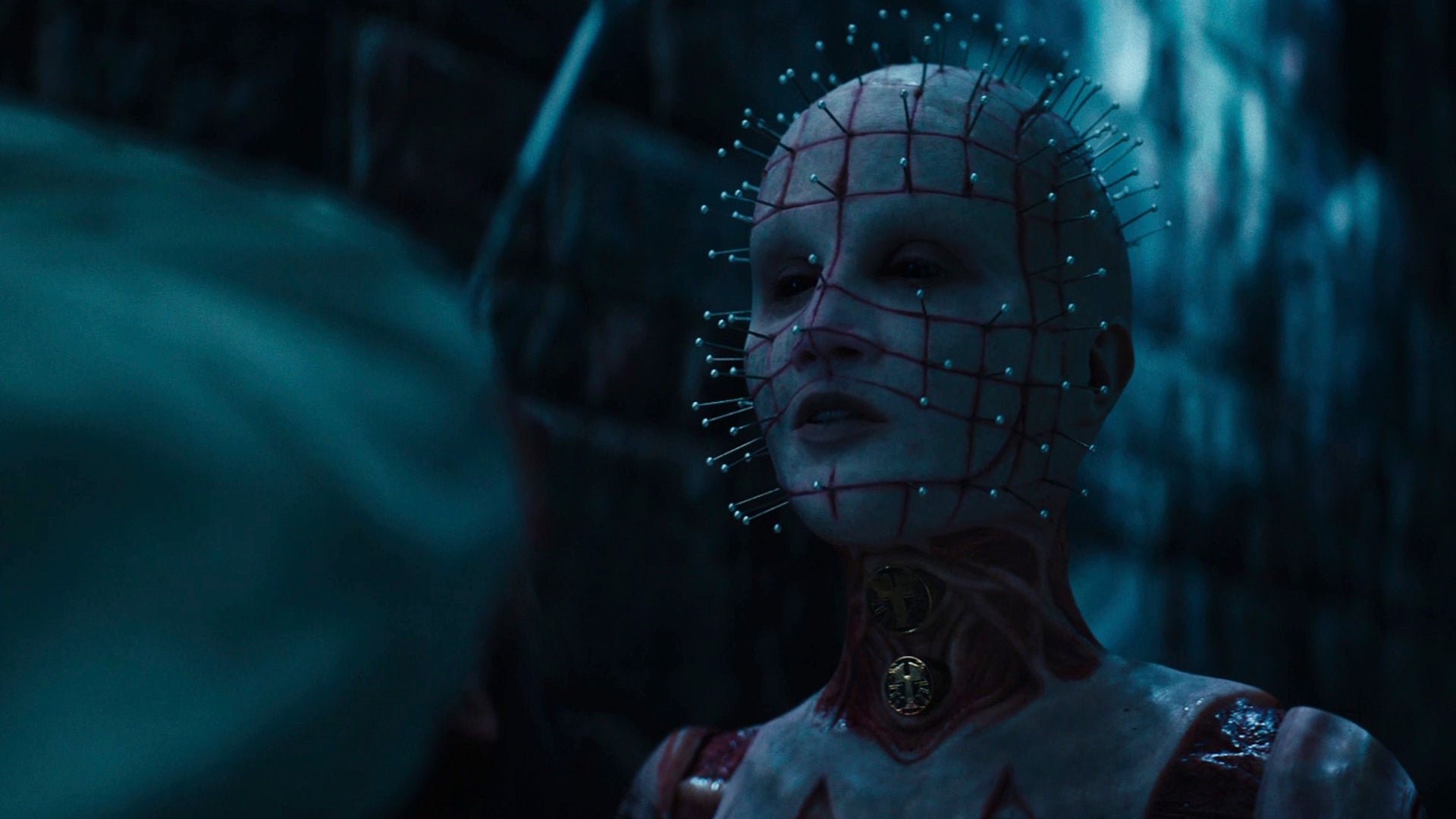






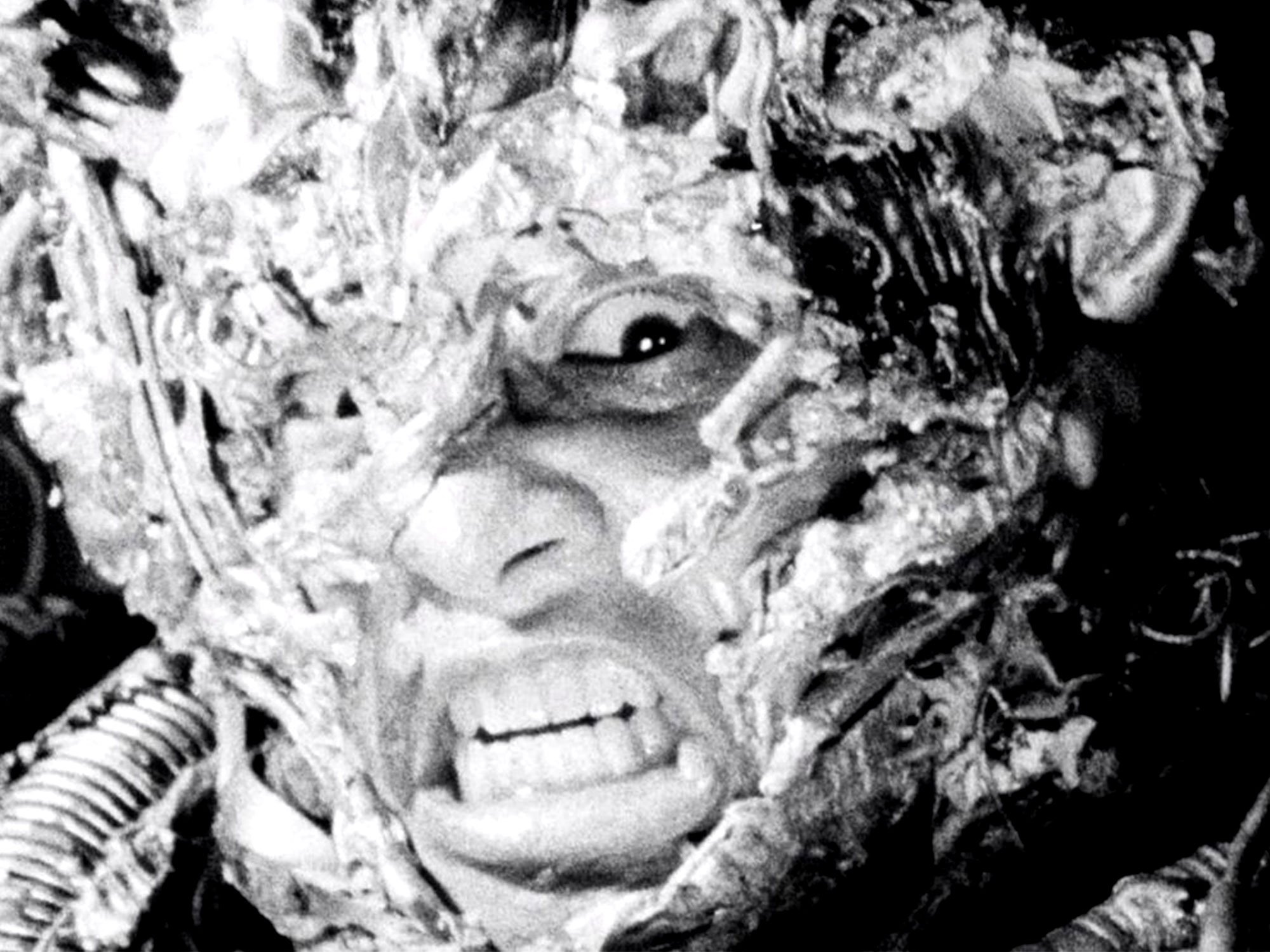

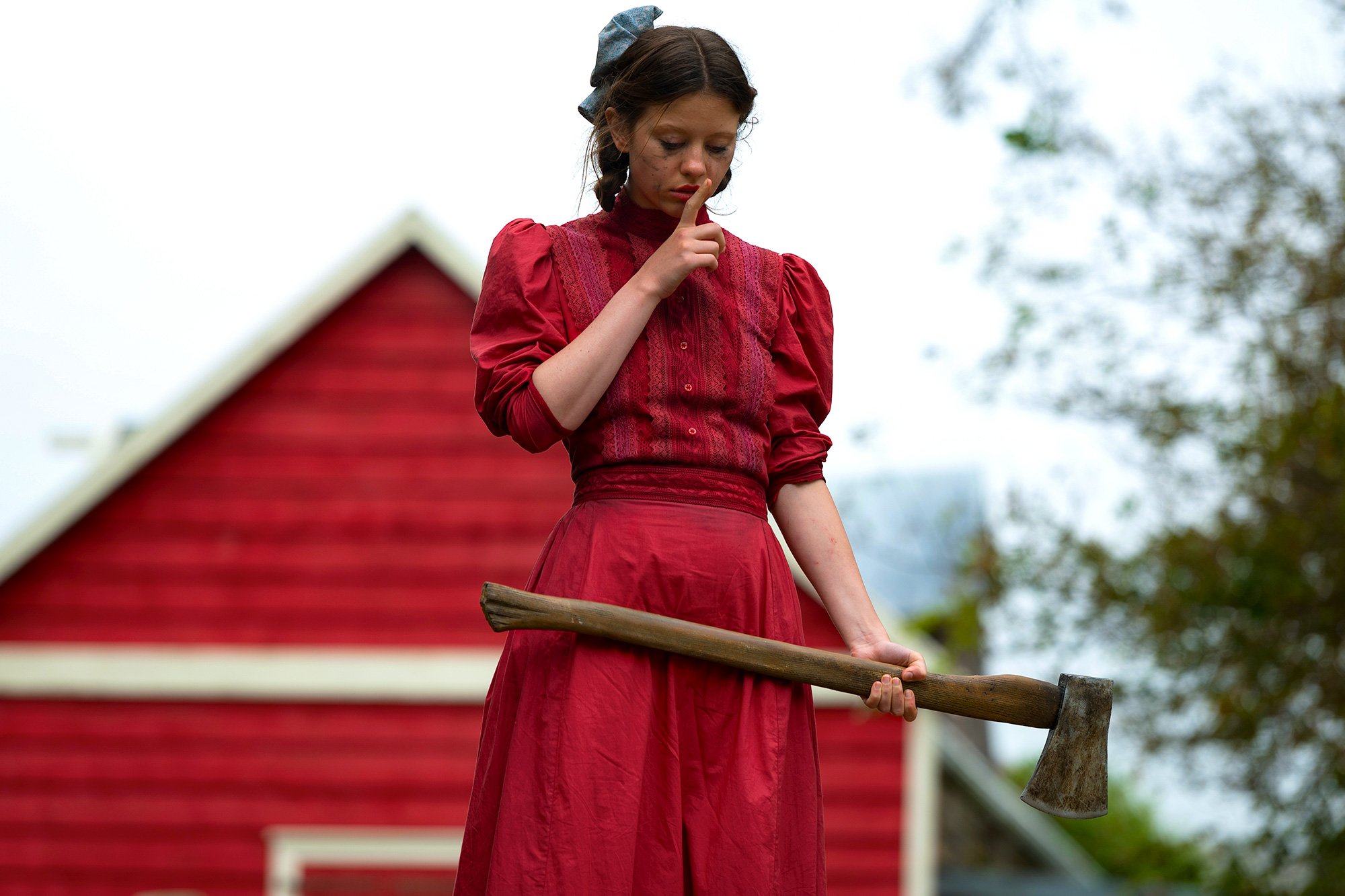

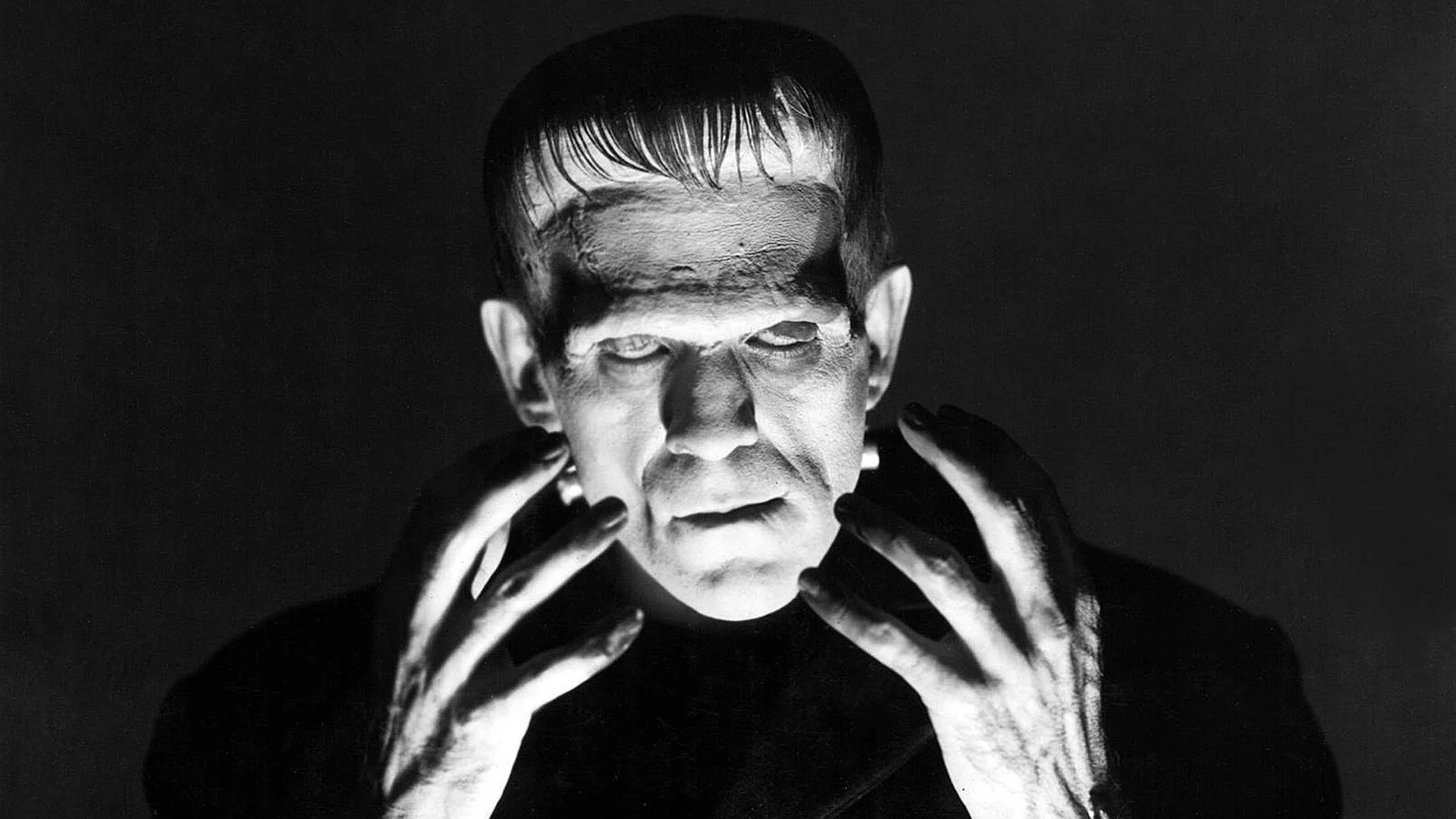

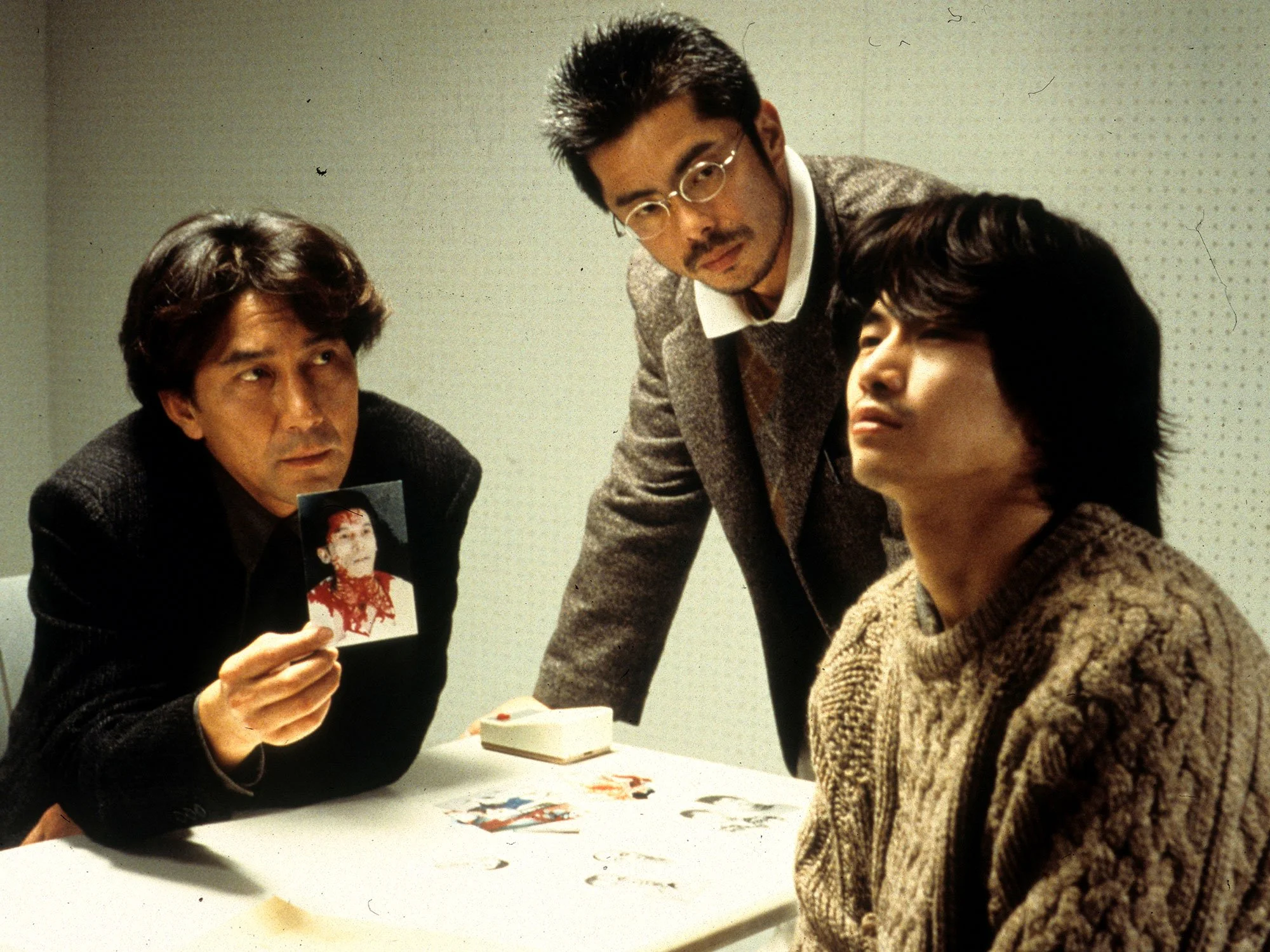

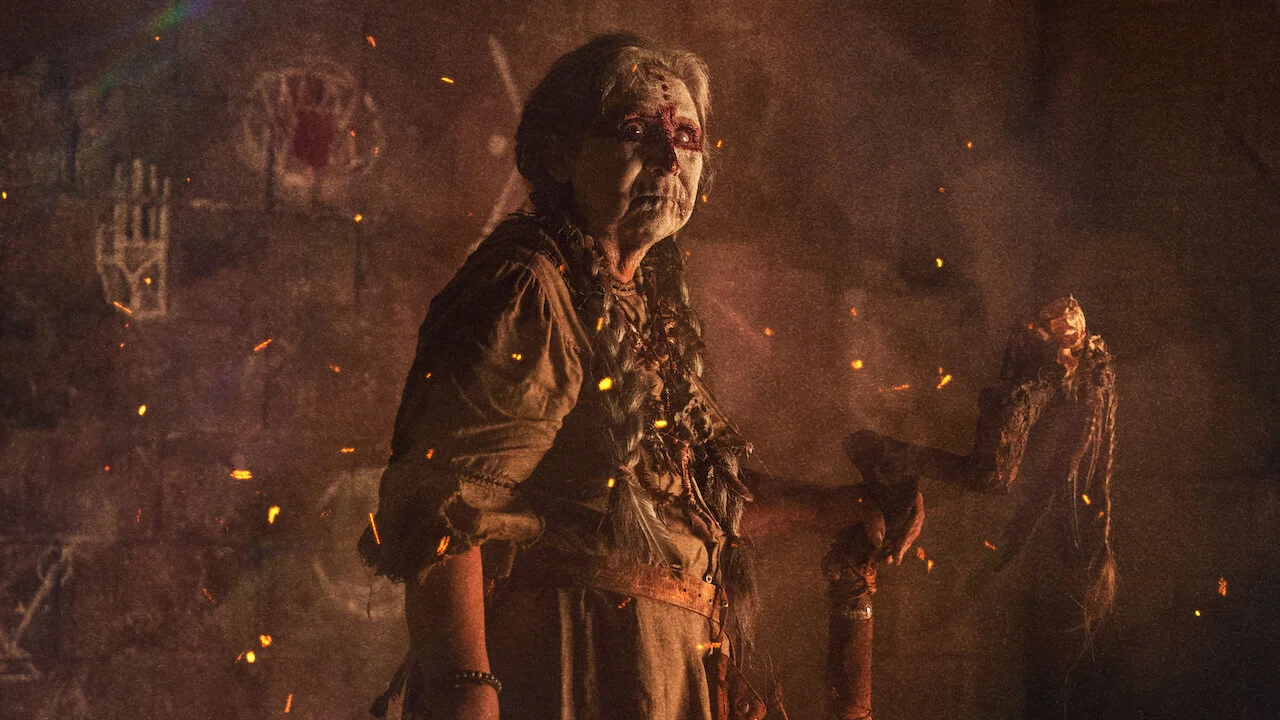
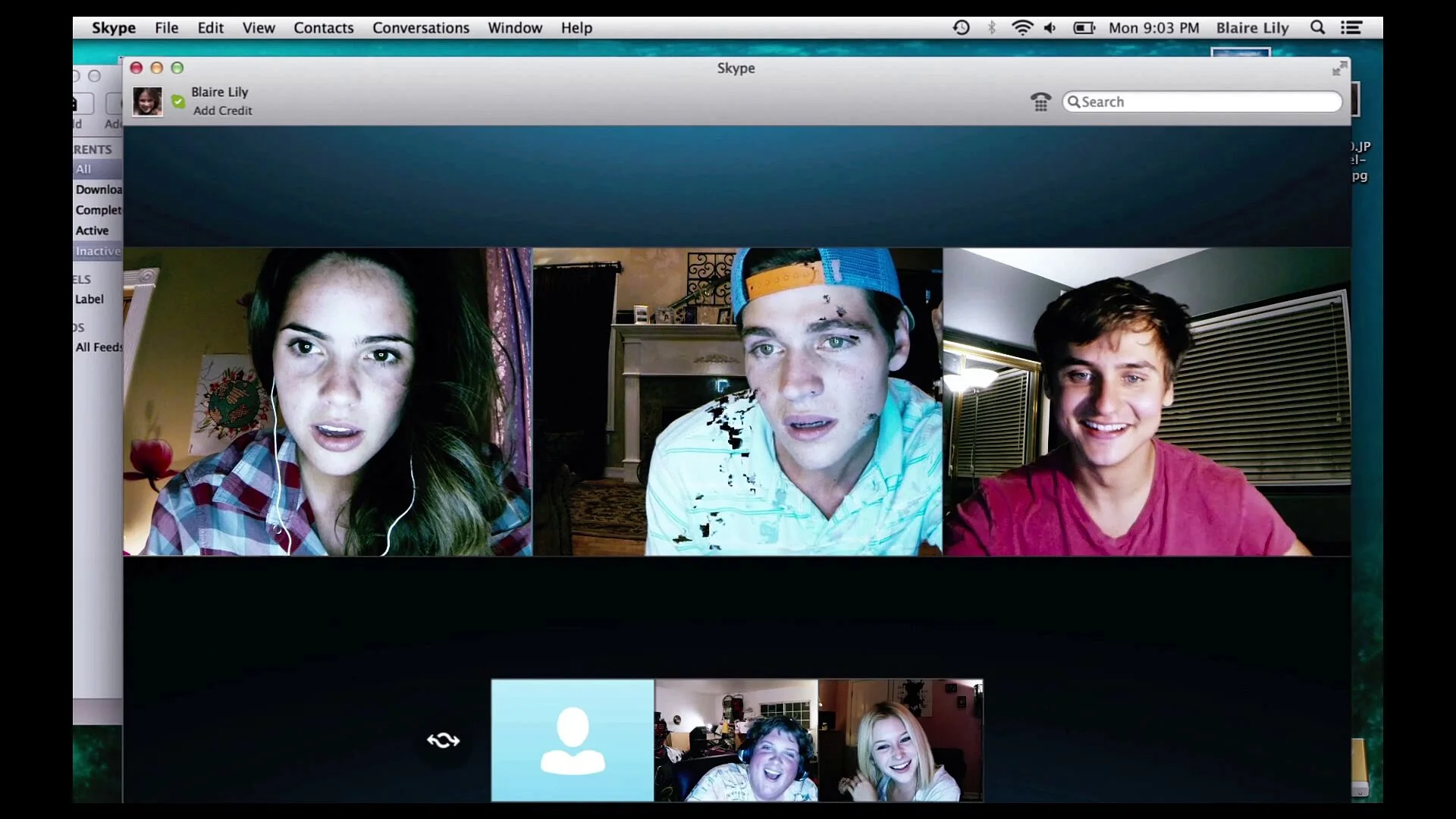




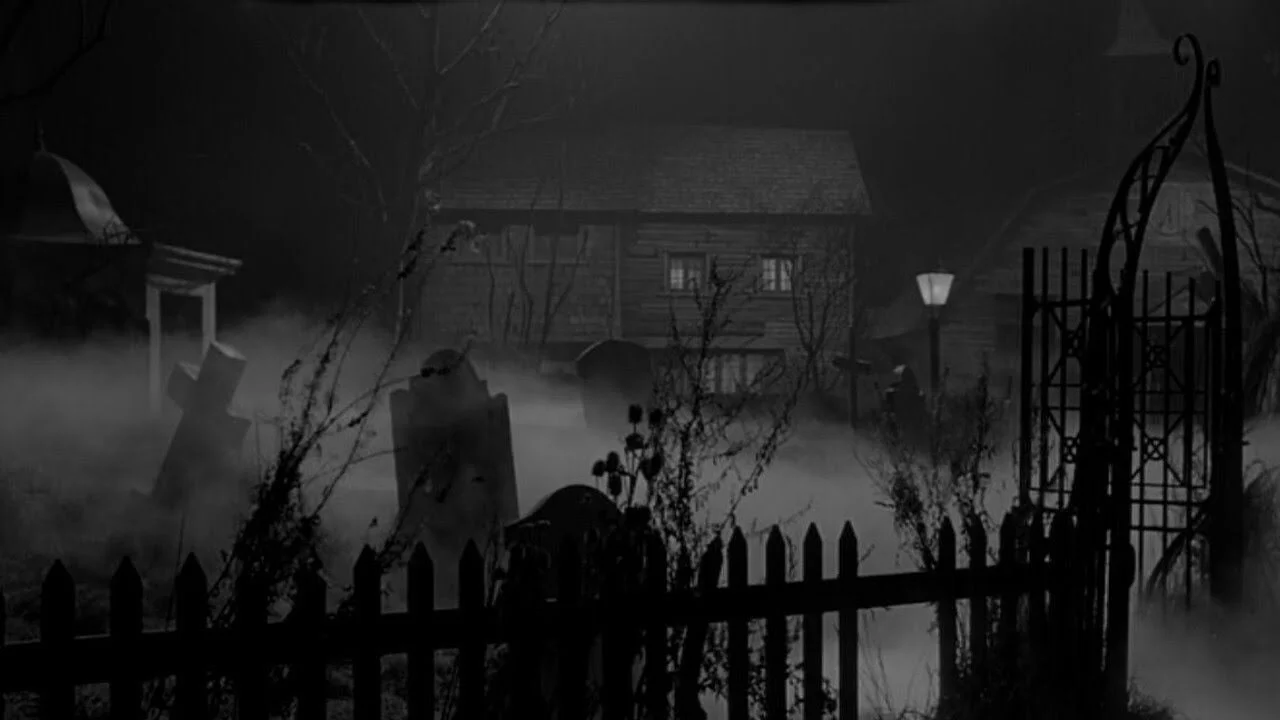
















































Osgood Perkins’ Longlegs is an inconsistent mishmash of The Silence of the Lambs and Cure.